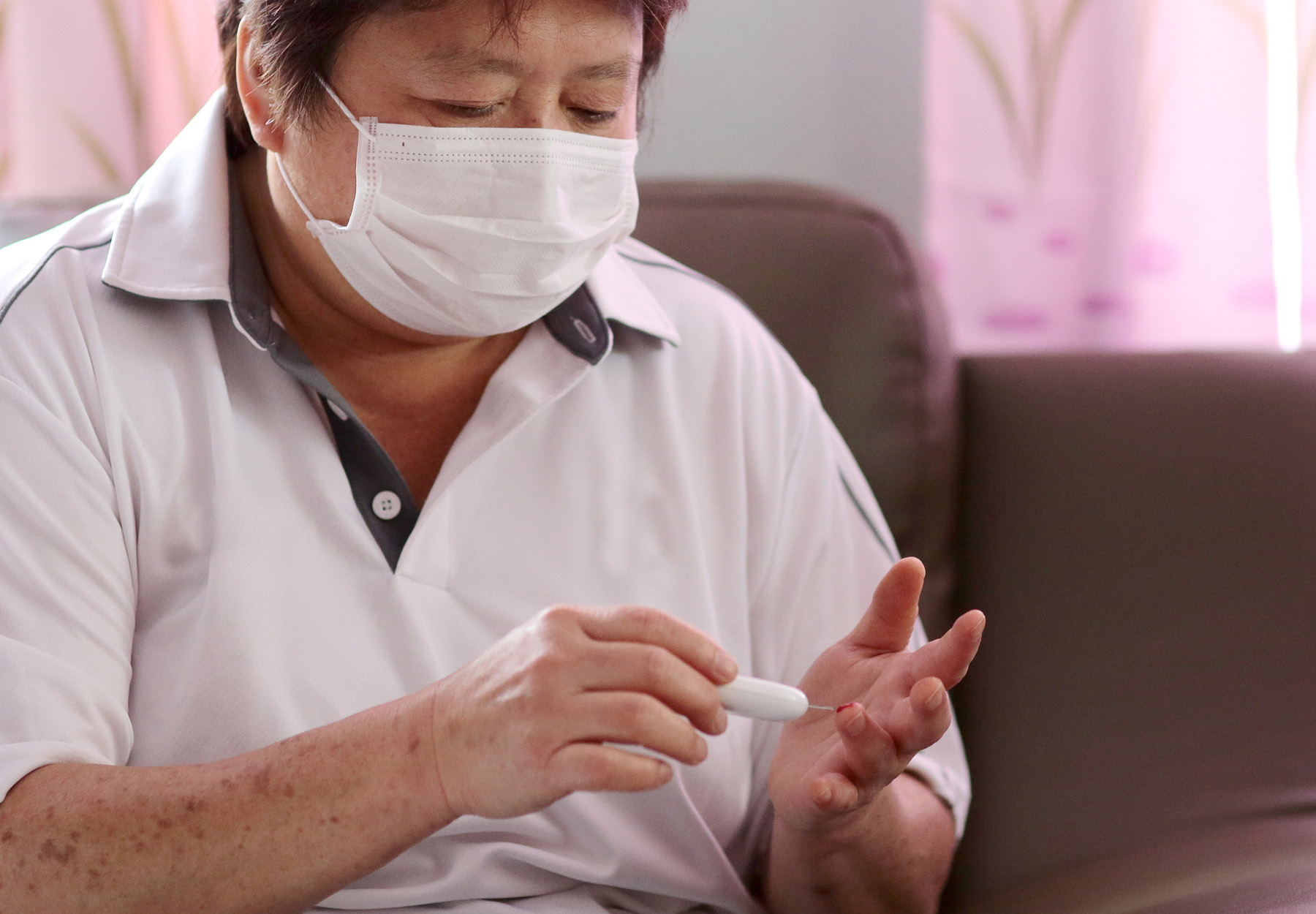A study recently published in the American Diabetes Association journal Diabetes Care shows that while overall cases of undiagnosed diabetes are declining in the US, certain groups are more affected than others.
Published July 11, the study looked at 30,492 adults ages 20 and up from the National Health and Nutrition Examination Survey, which was done between 1988 and 2020, to determine how many had confirmed undiagnosed diabetes or persistent undiagnosed diabetes. The research team’s goal was to “update trends in undiagnosed diabetes using definitions consistent with clinical practice,” according to the study abstract.
In the study:
- Confirmed undiagnosed diabetes meant patients had both elevated glycated hemoglobin (HbA1c; ≥6.5%) and elevated levels of fasting plasma glucose (FPG) (≥126 mg/dL)
- Persistent undiagnosed diabetes meant patients had elevated FPG or HbA1c levels, “adjusted for the within-person variability” in FPG and HbA1c tests
Made up mainly of researchers from the Johns Hopkins University Bloomberg School of Public Health, the team found that, overall, the proportion of all undiagnosed diabetes cases dropped from 1988 to 2020. Specifically, cases of confirmed undiagnosed diabetes declined from 19.3 to 9.5 percent and cases of persistent undiagnosed diabetes dropped from 32.8 to 17.8 percent. The researchers say this drop suggests that “major improvements in diabetes screening and detection” have been made in the US, pointing out that as many as 90 percent of cases are currently diagnosed, while undiagnosed diabetes affects about one to two percent of American adults.
However, the study results also showed that undiagnosed diabetes was more common in people without healthcare access, racial/ethnic minorities, and obese and older adults. Of those groups, those without healthcare access and Asian Americans made up the largest portion of undiagnosed diabetes cases, with rates between 23 and 61 percent.
